This is another NodeMCU based gadget build. You may remember the ESP8266 based development board from the Wi-Fi In the Woods build. This is a much simpler application as there is no I/O wiring. Everything is in software. Removing physical I/O helps to make the enclosure more weatherproof and it could be used to make the puzzle much harder. Imagine arriving at a box that requires a battery and then does not appear to do anything. This gadget will require some info on the cache page or possibly a QR code on the enclosure with info. I hope potential finders read the cache page.
The cache looks like a typical camo painted (Krylon paints work great for this) ammo can. I used the Hyper-Tough brand with the built in locking hasp on the latch. One thing is new for me on this cache. Since the finder needs to keep the battery in place and monitor Wi-Fi connections on a smart device, the typical two bolt battery contact wouldn’t work well. I added a 9V battery holder to the case and waterproofed the wiring pass-through. This is an experiment to see how well it holds up over time. Hopefully the plated contacts will have a reasonable life. If not, I’ll replace them with something else in the future. The battery holder is at that location to allow the lid to open properly. It clears the open lid above and the opened handle below. Moving the holder down would have it be hit by the handle when the box is open.
Inside I have a small sealed container for the electronics and the rest of the space available for the log and swag. The first shot before I added the labels gives a better idea of the circuit.
The electronic enclosure is a pill bottle held in place by the screws used to attache the battery holder. It, and its lid, are then siliconed in place as a test of a simple construction method to see how well it works. Due to the placement of the battery holder the electronics are higher on the side of the box. We will see how well this does in the wild. I added some labels in the hope people are not destructive.
Construction is very simple - apply power to the NodeMCU. That’s all the wiring that is needed. I added some polarity protection with a bridge rectifier. Attach the battery leads to the AC terminals on the bridge and use the + and - connections for the power to the module. That way even a reversed battery won’t cause any damage.
Software is a slight rework of an existing GitHub project called FakeBeaconESP8266. The code is too long to post it all here, but I will show you the modifications I made to add SSID names and use the onboard LED to show the circuit was active. Let me know if you want the full code.
By now you are probably wondering how all this works with no physical input/output devices. The NodeMCU can generate its own Wi-Fi network. Unlike the Wi-Fi In the Woods build, we are not making a functional network but only using the SSID. SSID stands for Service Set IDentifier and is the name of a Wi-Fi network. The module generates the names of many Wi-Fi networks but does not make those networks active. The cacher will see a list of SSID names but not be able to connect to them. The combination to the lock is contained in the SSID names generated by the NodeMCU. When placed in a wooded area there will be no impact to real networks. Each SSID generated by the gadget has a number in front to guide reading them in order.
On my earlier Wi-Fi build some readers were worried about connecting to an unknown network. This gadget requires no connection, only a scan to see what is available.
Of course any SSID names could be used, but I wanted to have some fun with this build so I kept the Rick-roll aspect of the project. When you view the available Wi-Fi networks on your smart device, you will see:
I did censor the lock combination. You will need to go solve this one in the field for the combination. You can also check out this link to more info.
Like what you see here? Why not subscribe to get an email when I add new content?
I always look forward to comments or questions. Have you built something like this? Let me know!
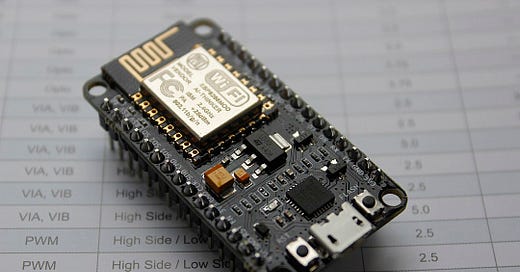



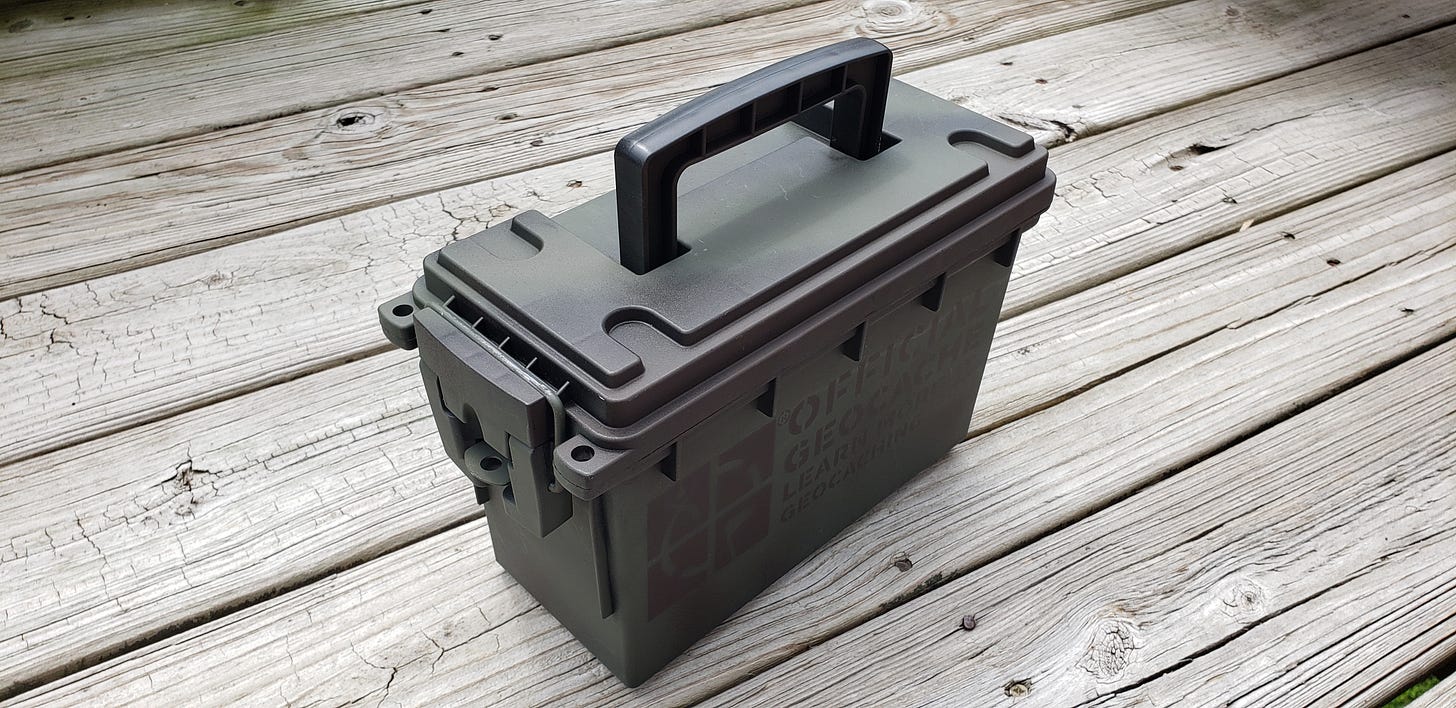
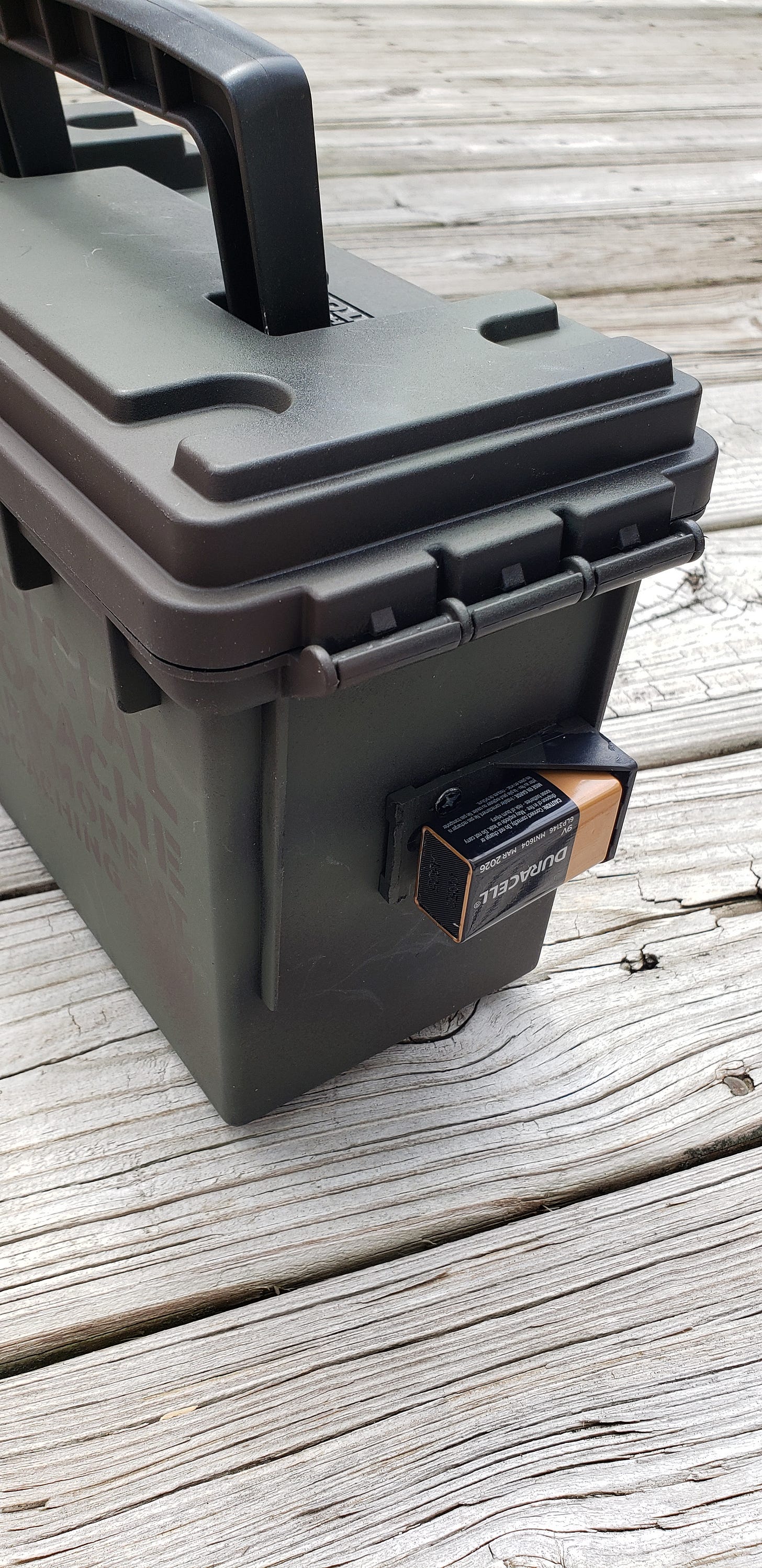
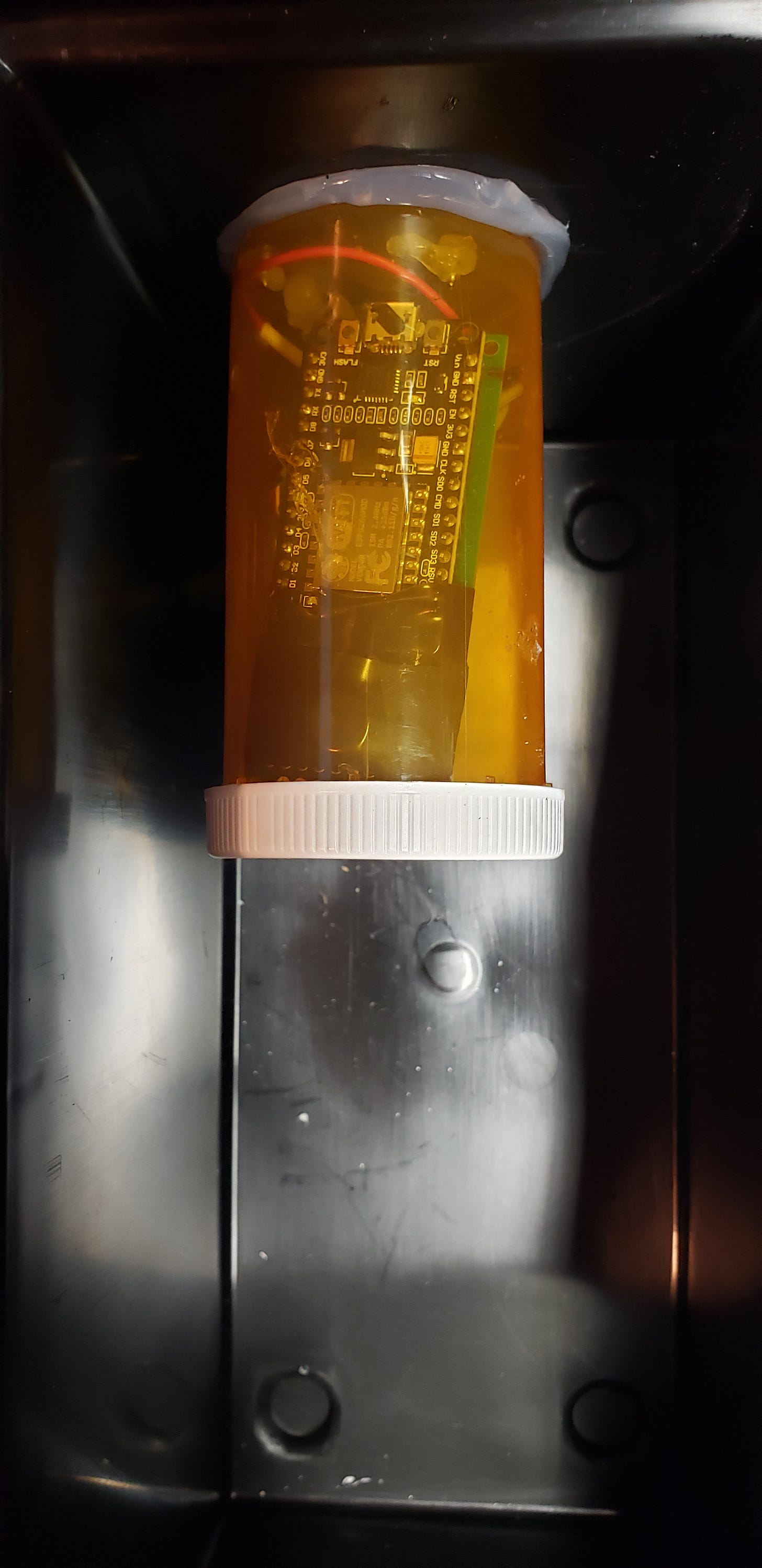
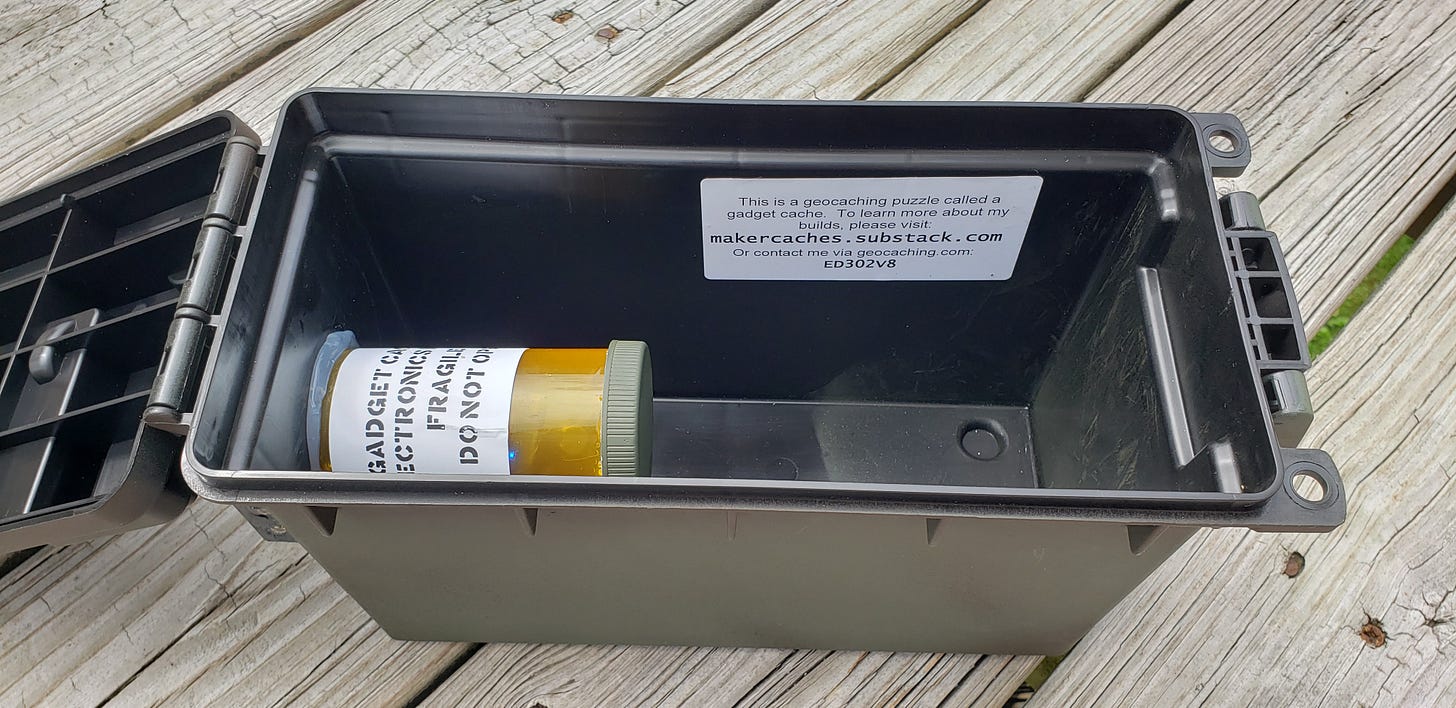
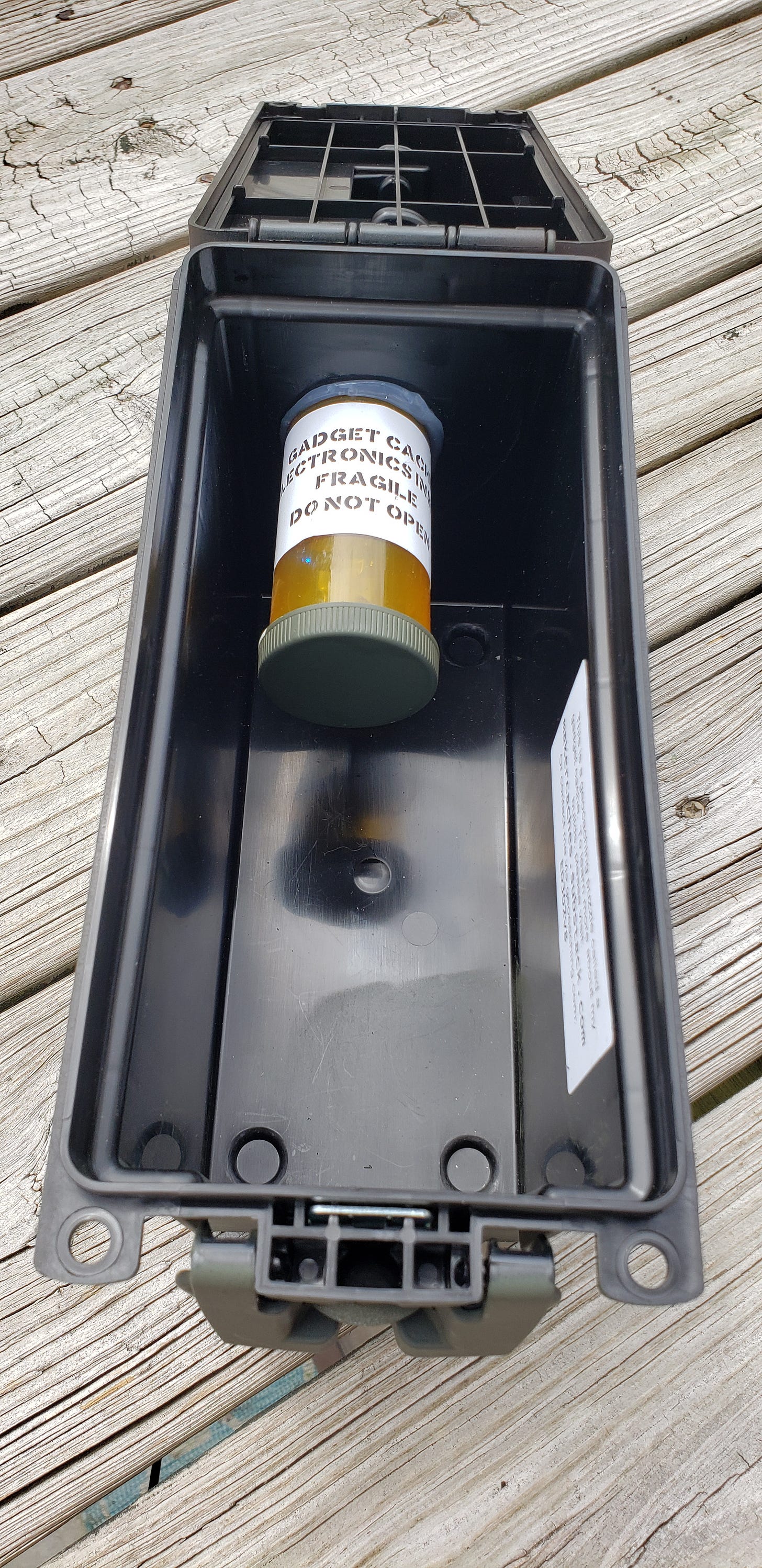
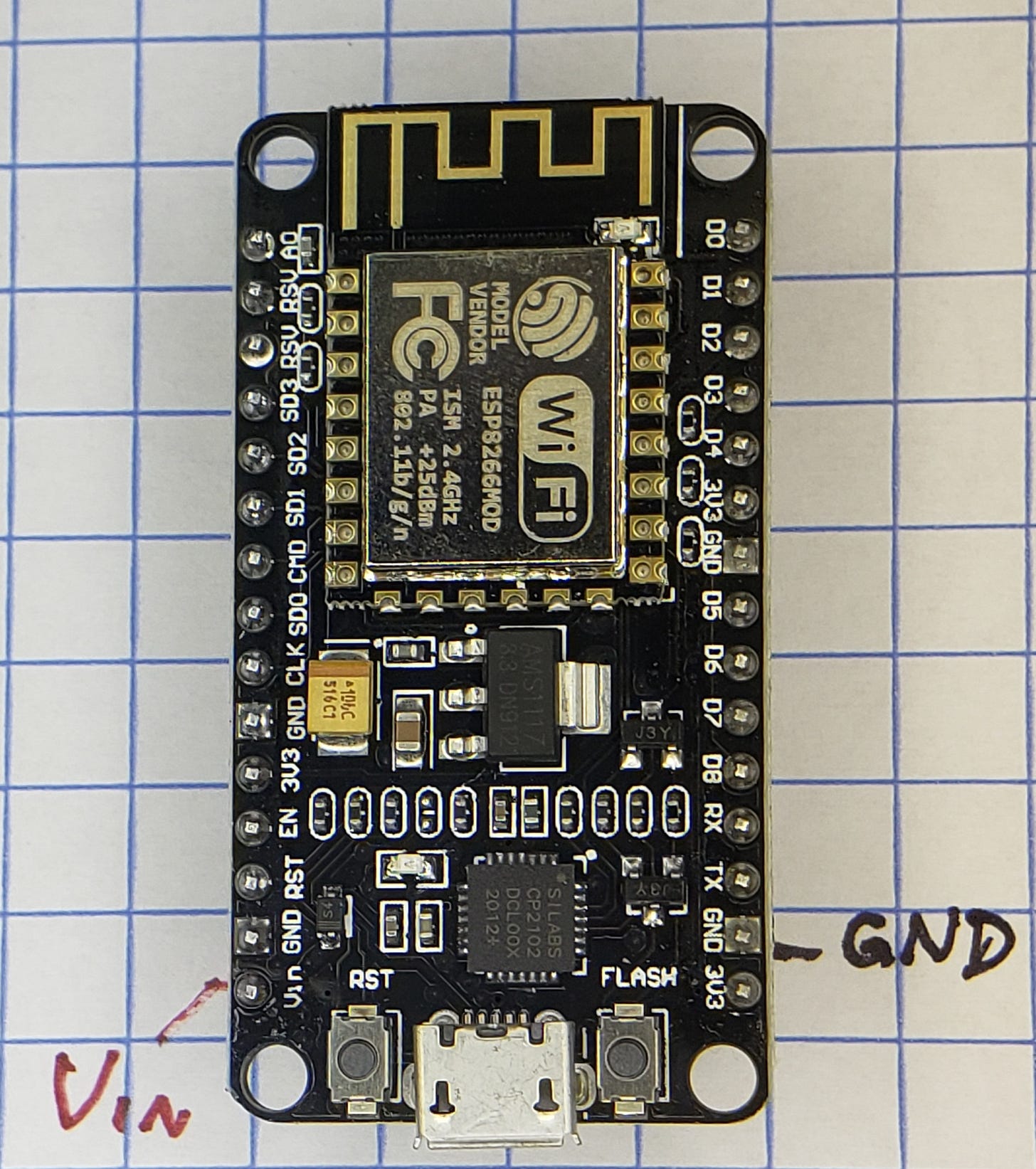
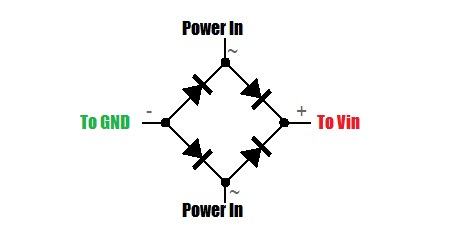
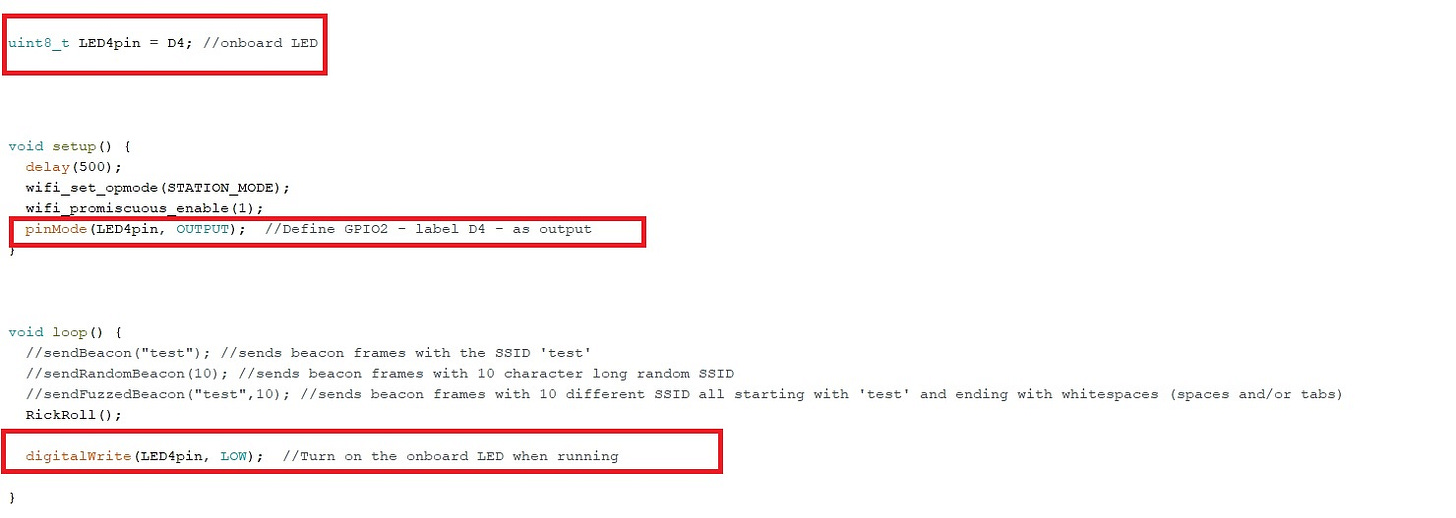
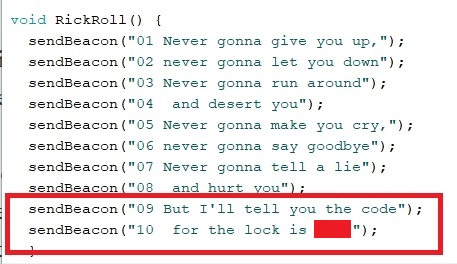

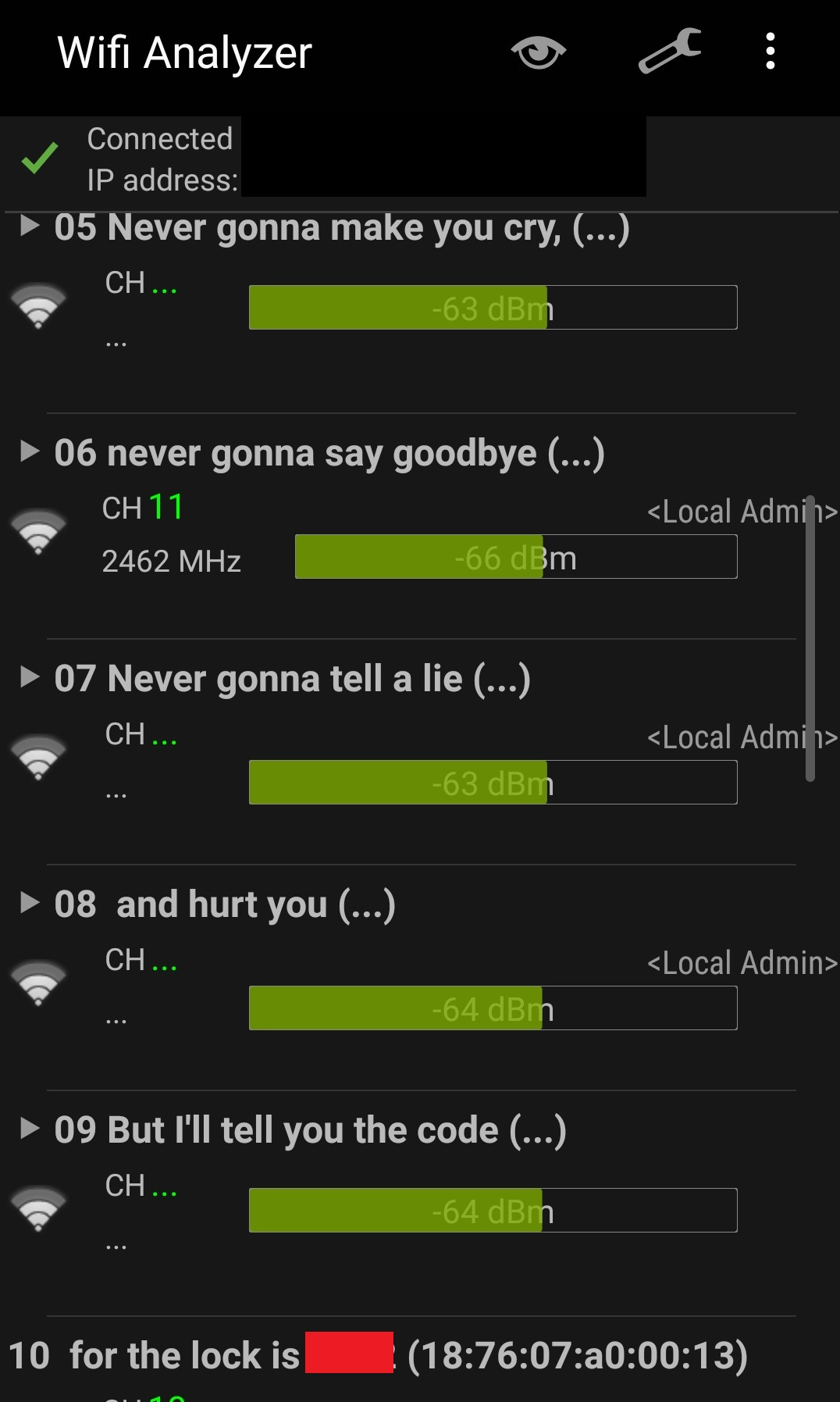
I've been interested in the NODE and appreciate this idea. Very nice.